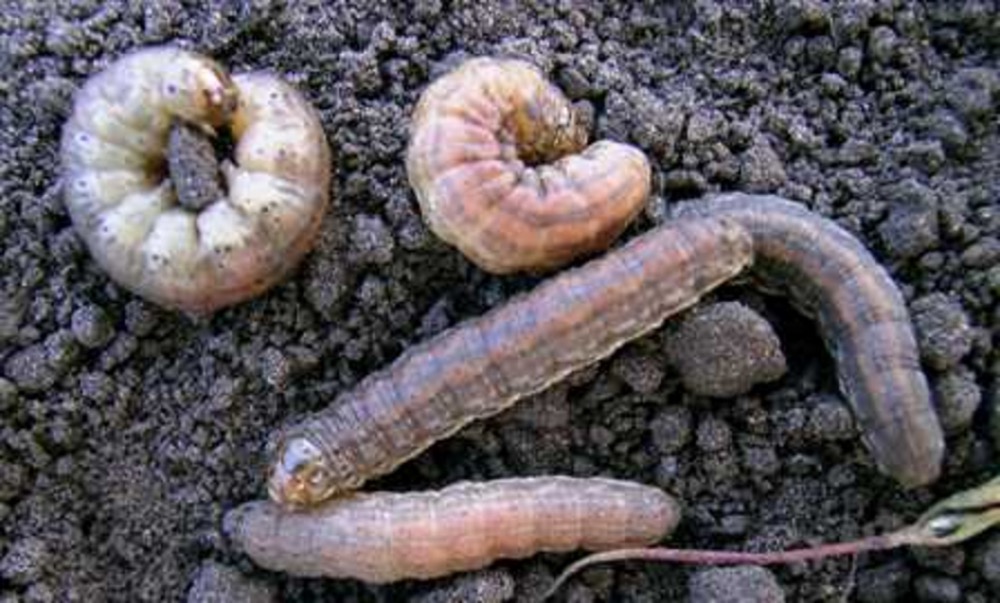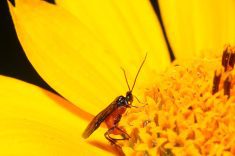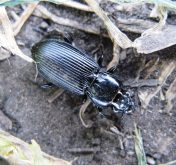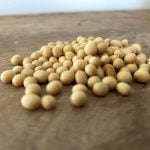Insects
Cutworms and flea beetles on canola are the insects of greatest concern currently. Seed treatments should still be effective against flea beetles in most canola fields, although scouting for feeding damage is encouraged, especially in the earlier seeded fields where seed treatments may soon start losing effectiveness. Cutworm levels are quite variable, hard to find in some fields, more noticeable in others. So scout for potential cutworm feeding on emerging plants and dig for the larvae if you find an area that is showing signs of cutworm feeding.
Read Also

Nutrien pays farmers for efficient nitrogen
Nutrien’s Sustainable Nitrogen Outcomes (SNO) program pays Prairie farmers to limit nitrogen loss and, therefore, fertilizer-related greenhouse gas emissions.
Plant Pathogens
Scouting for stripe rust in wheat and seedling diseases in emerging crops will be important.
Common Cutworm Questions
Some of the cutworms I have dug up don’t seem very active – what could be the reason for this? There are a couple of possible reasons cutworms may not be very active when you find them. One is that there is some disease in the population. Another possibility is that some of the cutworms that were molting (shedding their cuticle to grow to the next stage). They would be very inactive and not feeding during a molt. Research has shown that some species of cutworms can spend about a third of their larval life going through molts, and anywhere from 20 to 50% of larvae can be in non-feeding stage where they are going into or in a molt.
How deep would cutworms be in the soil? How deep cutworms will be in the soil may depend on several factors, including the age of the larvae and how dry the soil is. Younger larvae may stay closer to the soil surface than older larvae. A study with darksided cutworms found that they could be as deep as 8 to 10 cm (3 to 4 inches) in dry soil.
John Gavloski, entomologist, Manitoba Agriculture
To read the full Manitoba Insect & Disease Update for May 25, plus a short ‘do you know your cutworm’ quiz, visit the Manitoba Agriculture website.















